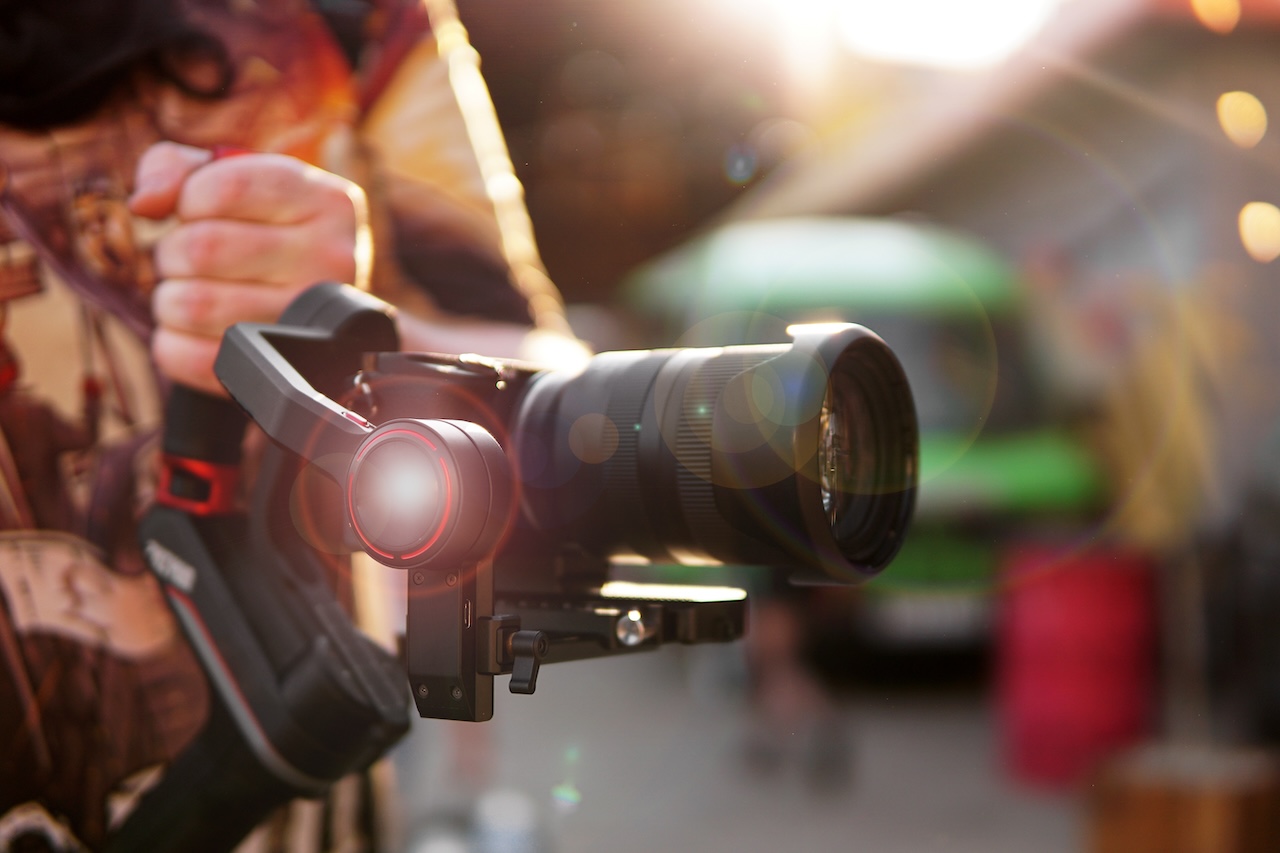
How to Write a Videographer Resume (Templates & Examples)
Crafting a standout videographer resume is super important when you're diving into the world of video production. In such a competitive space, your resume is your first chance to make a great impression. It’s your opportunity to showcase your skills, creativity, and experience! Whether you’re an industry veteran or a fresh graduate looking to jumpstart your career, having a polished resume can make all the difference. So, let’s dive into how you can put one together!
Here’s what we’ll chat about:
- The videographer’s role
- Why a strong resume matters
- Picking the best resume format
- Crafting an eye-catching resume summary
- Showcasing your key skills
- Presenting your professional experience
- Including education and certifications
- Linking your portfolio

Understanding the Role of a Videographer
A videographer captures moving images and sounds to create engaging content for all sorts of platforms, like commercials, documentaries, and films. Depending on the project, you might work solo or as part of a team.
In this fast-paced industry, having a well-crafted resume is essential for a few reasons:
- Make a lasting first impression: With tons of resumes out there, you want yours to pop!
- Showcase your unique style: Every videographer has their vibe, and your resume should reflect your creative flair.
- Highlight what matters: A well-targeted resume draws attention to the skills that are most relevant to the role you want.
Choose the Right Resume Format
Now that you get what being a videographer is all about, let’s talk about how to present your skills and qualifications. The format you choose for your videographer resume can really shape how potential employers see you. Here’s a quick rundown of popular formats:
- Chronological: Perfect if you have a solid job history in videography—this format emphasizes your career progression.
- Functional: A smart choice for entry-level candidates who might not have a ton of experience but have the right skills.
- Combination: If you have relevant experience along with unique skills, this format lets you highlight both in one go!
Write a Strong Resume Summary or Objective
Think of your resume summary or objective as the headline that captures your essence. It should echo your passions and what makes you stand out. Here are a couple of things to keep in mind:
- Know the difference: A summary gives an overview of your achievements, while an objective expresses your career goals.
- Share great examples: Use this space to mention highlights from your previous jobs or notable projects that really showcase your talents.
Here’s a quick example of what a solid summary might look like:
"Creative videographer with over 5 years of experience crafting compelling visual stories using advanced editing software. Known for transforming basic ideas into captivating narratives."

Highlight Relevant Videography Skills
Your videography skills are the beating heart of your videographer resume. It's crucial to differentiate between technical know-how and soft skills:
- Technical Skills
- Camera operation: Proficient with DSLRs and other professional gear.
- Video editing software: Familiar with Adobe Premiere Pro, Final Cut Pro, etc.
- Lighting techniques: Skilled in effectively lighting various scenes.
- Soft Skills
- Communication: Able to convey stories in a powerful way.
- Creativity: Coming up with unique concepts for projects.
- Teamwork: Collaborating smoothly with others to realize a creative vision.
Getting these skills down will resonate with potential employers and make your resume shine!
Showcase Professional Experience
Showing off your past experience is a key part of your videographer resume. Here’s how to effectively share your work history:
- List relevant videography jobs: Include company names, job titles, and employment dates.
- Freelance gigs: Don’t shy away from adding freelance work if it showcases your range of skills.
- Use bullet points wisely: Share quantifiable achievements, like "Produced over 20 promotional videos leading to a 30% increase in client engagement."
Here’s a quick visualization to clarify how to list achievements:
Include Education & Certifications
While your experience and skills are pivotal, formal education and industry certifications can really bolster your videographer resume. Think about including:
- Degrees: Bachelor’s in Film Production, Media Arts, or related fields.
- Certifications: Like Adobe or any specific video editing credentials.
- Online courses: Check out platforms like Skillshare or Udemy to show you’re all about continuous learning.
Add a Portfolio Link
Videography is a visual medium, so showing off your work is super important. Adding a portfolio or demo reel link is crucial:
- Reason why: It provides real-life proof of your talent and creativity.
- Top platforms: Vimeo, YouTube, or even your own website are great places to showcase your best work.
- Variety is key: Make sure your portfolio displays a mix of styles and projects to capture the attention of different employers.
Conclusion
Putting together a compelling videographer resume is more straightforward than you might think! By grasping your role, selecting the right format, summarizing your skills, and showcasing your experience, you’ll boost your chances of landing that dream job.
As you navigate your career, remember organizations like AIP offer fantastic opportunities that can broaden your horizons through global internships aimed at enhancing your skills. Our support means you’ll feel well-prepared to tackle the challenges in the videography world. So, keep creating, keep learning, and good luck on your videography journey! You’ve got this!
